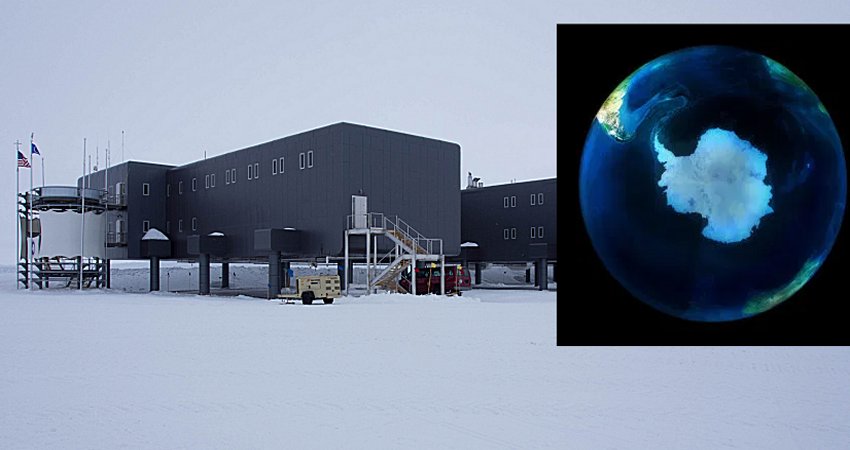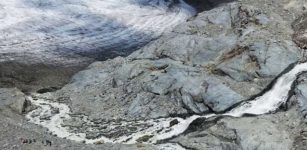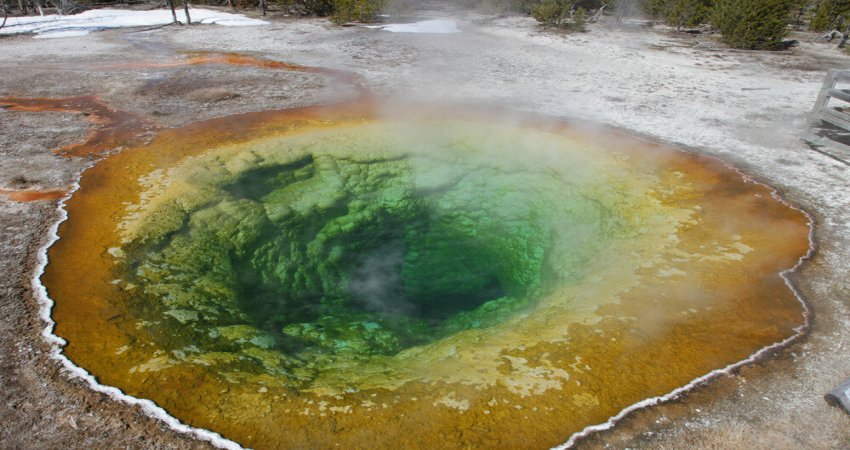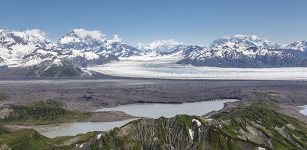Record Warming At the South Pole
Eddie Gonzales Jr. – MessageToEagle.com – The South Pole has been warming at more than three times the global average over the past 30 years, according to a new study led by Ohio University professor Ryan Fogt and OHIO alumnus Kyle Clem.
Fogt, professor of meteorology and director of the Scalia Laboratory for Atmospheric Analysis, and Clem co-authored a paper with an international team of scientists published in the journal Nature Climate Change on the findings.
According to the study, this warming period was mainly driven by natural tropical climate variability and was likely intensified by increases in greenhouse gas.
The Antarctic climate exhibits some of the largest ranges in temperature during the course of the year, and some of the largest temperature trends on the planet, with strong regional contrasts. Most of West Antarctica and the Antarctic Peninsula experienced warming and ice-sheet thinning during the late 20th century. By contrast, the South Pole — located in the remote and high-altitude continental interior — cooled until the 1980s and has since warmed substantially. These trends are affected by natural and anthropogenic climate change, but the individual contribution of each factor is not well understood.
The researchers analyzed weather station data at the South Pole, as well as climate models to examine the warming in the Antarctic interior. They found that between 1989 and 2018, the South Pole had warmed by about 1.8 degrees Celsius over the past 30 years at a rate of +0.6 degrees Celcius per decade — three times the global average.
The study also found that the strong warming over the Antarctic interior in the last 30 years was mainly driven by the tropics, especially warm ocean temperatures in the western tropical Pacific Ocean that changed the winds in the South Atlantic near Antarctica and increased the delivery of warm air to the South Pole.
These warming trends were unlikely the result of natural climate change alone, emphasizing the effects of added anthropogenic warming on top of the large tropical climate signal on Antarctic climate have worked in tandem to make this one of the strongest warming trends worldwide.











